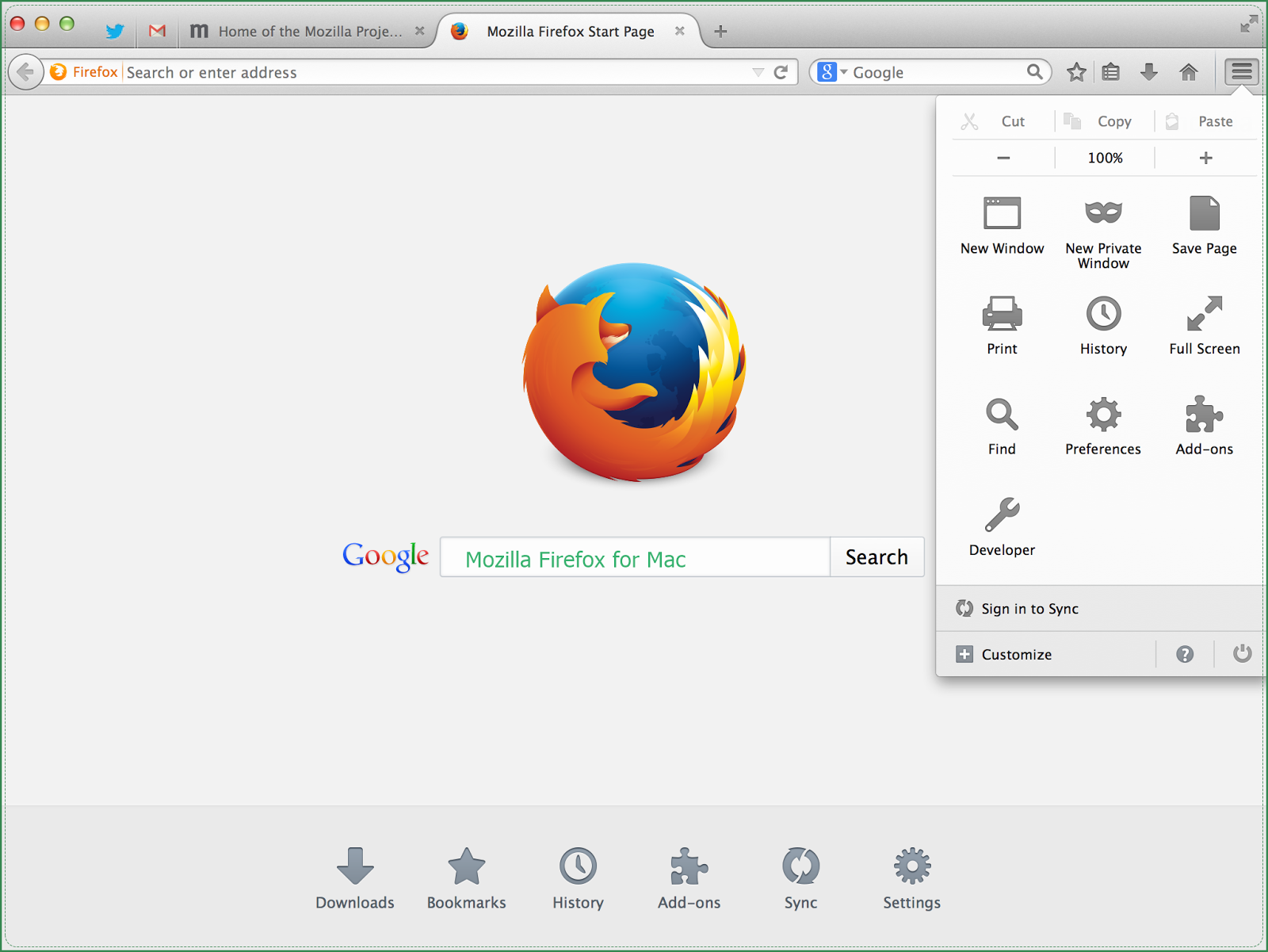
Modern desktop browsers also alert visitors to insecure websites that do not have an SSL/TLS certificate.


Depending on your browser and the type of certificate the website has installed, the padlock may be green and/or accompanied by identifying information about the company running it. A closed padlock icon to the left of the URL.Look for the following indicators in your browser’s address bar to be sure that a website you are visiting is protected with a trusted SSL/TLS certificate (screenshot from Firefox 70.0 on macOS) : Furthermore, users of these unprotected websites have no trusted third-party assurance that the website they are visiting is what it claims to be. With an insecure HTTP website, these data are sent as plain text, readily available to any eavesdropper with access to the data stream. Communications between the client and server are encrypted.īecause of these properties, SSL/TLS and HTTPS allow users to securely transmit confidential information such as credit card numbers, social security numbers, and login credentials over the internet, and be sure that the website they are sending them to is authentic. web pages) have not been altered in transit by a man in the middle. Documents signed by the certificate (e.g. The server presenting the certificate is in possession of the private key that matches the public key in the certificate. Users visiting an HTTPS website can be assured of: A properly configured public HTTPS website includes an SSL/TLS certificate that is signed by a publicly trusted CA. The most common and well-known use of SSL/TLS is secure web browsing via the HTTPS protocol. This is due to the fact that all versions of the TLS protocol prior to 1.3 don’t protect the handshake negotiation (which decides the protocol version that will be used throughout the exchange). Most of these attacks have been mitigated in TLS 1.2 (provided that TLS instances are configured correctly), even though TLS 1.2 is still vulnerable to downgrade attacks, such as POODLE, FREAK, or CurveSwap. Compromising a key exchange allows attackers to completely compromise network security and decrypt conversations.Īttacks on symmetric ciphers, such as BEAST or Lucky13, have demonstrated that various ciphers supported in TLS 1.2 and earlier, with examples including RC4 or CBC-mode ciphers, are not secure.Įven signatures were affected, with Bleichenbacher’s RSA signature forgery attack and other similar padding attacks.

Attacks like ROBOT affected the RSA key exchange algorithm, while LogJam and WeakDH showed that many TLS servers could be tricked into using incorrect parameters for other key exchange methods. TLS versions 1.0 and 1.1 are affected by a large number of protocol and implementation vulnerabilities that have been published by security researchers in the last two decades. What are the security issues with older versions of TLS?


 0 kommentar(er)
0 kommentar(er)
